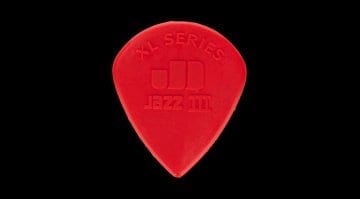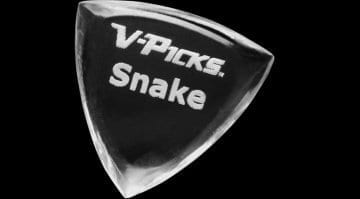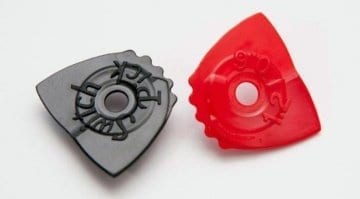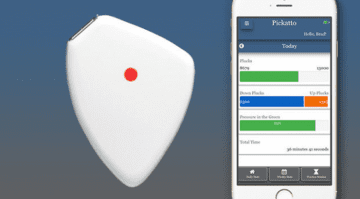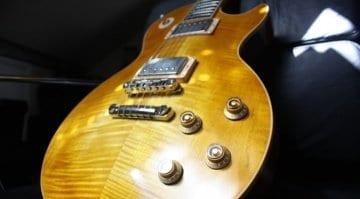Jef’s Guitar Tone Tips – Part One ‘The humble plectrum’
Tone is in the fingers?
In this new series of articles, I will be covering some of my top tips on getting a great guitar tone. I’ve been playing for a very long time and have been lucky enough to play with and meet some amazing guitarists in my lifetime. Along the way, I have tried to take on board as many tips as possible and with trial and error have found some amazingly simple ways of getting good guitar tones.
Tone is in your fingers
When I first started playing the guitar, I could not use a plectrum and for around three years I used nothing but my fingers, as I found plectrums to just get in the way and also hard to coordinate. Then I met a much older guitarist (a school friend had an older sister at university and one of her housemates was in a successful local band) and he showed me a plectrum that was thick, unbendable and this pretty much changed my outlook on the plectrum.
Before this moment, I had only come across those thin Herco style plectrums that were bendy and made a weird clicking sound on my string, that I couldn’t get on with, as in my head they sounded flappy and not at all what I was looking for tone wise.
Thick tone?
When the penny finally dropped for me, was that day when I was shown a thicker plectrum, which was to my ear at the time, more of an extension of my fingers. I was so used to the tone that my fingers gave me up until that point, that those weird thin picks just sounded thin and scratchy in comparison. But these new ‘thick picks’ were more akin to the sound my fingers made.
Technique
It took me about a year to become proficient with using a plectrum, and I found that the more I switched between playing with my fingertips and these new picks, the more comfortable I became with their tone. What really helped was that over time my note runs became more fluid and that I could easily coax out harmonic via pinched notes, by digging in and using the flesh of my thumb to pullout artificial harmonics with relative ease.
Accuracy and tonality?
My playing became more accurate and I also found that my technique moved forward far rapidly from this point onwards. Predominately because the small pointed tip of the Jazz III wasn’t dragging on my strings and string skipping was a lot easier when playing ‘those’ pentatonic scales that dominate rock.
I found that if I ‘slanted’ the tip of my pick slightly upwards that my plectrum wouldn’t snag on strings as I skipped from one string to another and that this helped me jump up or down quickly when playing alternate note runs.
When I need to play rhythm parts I could just loosen my grip slightly and play tight rhythm parts without it sounding too harsh. Plus, I could still use my fingers and so this new thick plectrum was for me a revelation.
Plastic fantastic?
Next on my journey of tone was a large guitar show in Hammersmith, London where I came upon a stand with plectrums made of bone, wood and stone. The stand was being run by a small company and they urged me to try out some of their plectrums. This would have been around 1987 or so and at the time I was very impressed and this took me further down my road on the search for good tone.
Yes, the material a plectrum is made from does make a difference and I also discovered even thicker plectrums and this was something I spent started experimenting with over the following years.
Are Boutique Plectrums a good investment?
Now in 2018, you can find a whole range of ’boutique plectrums’ however back when I was a teenager, this market wasn’t quite as flourishing as it is today. Over the coming weeks, I’ll be giving you some tips on choosing a boutique plectrum and giving you a few suggestions on what to look for in a good quality pick.
Please feel free to comment and share with me your own top tips and suggestions for getting better tone, as I am always up for learning more ideas from players across the world. The only way to get better I have personally found is to listen to your peers and take on new ways of making your guitar sound how you want it to.



